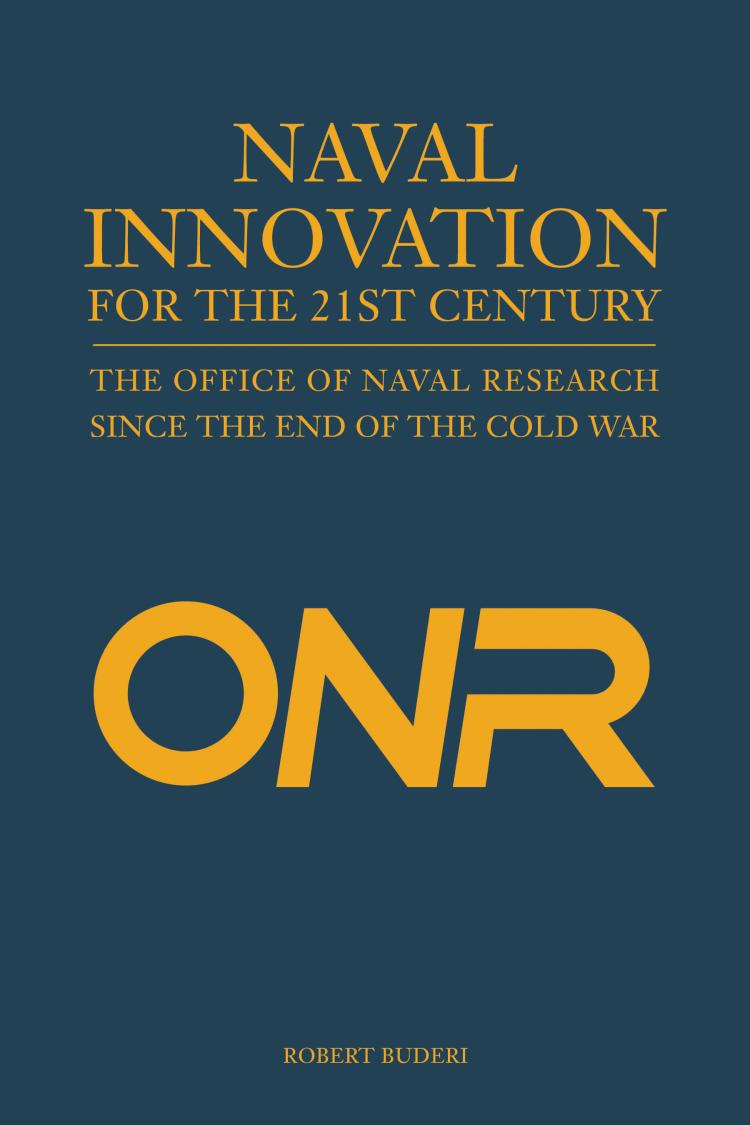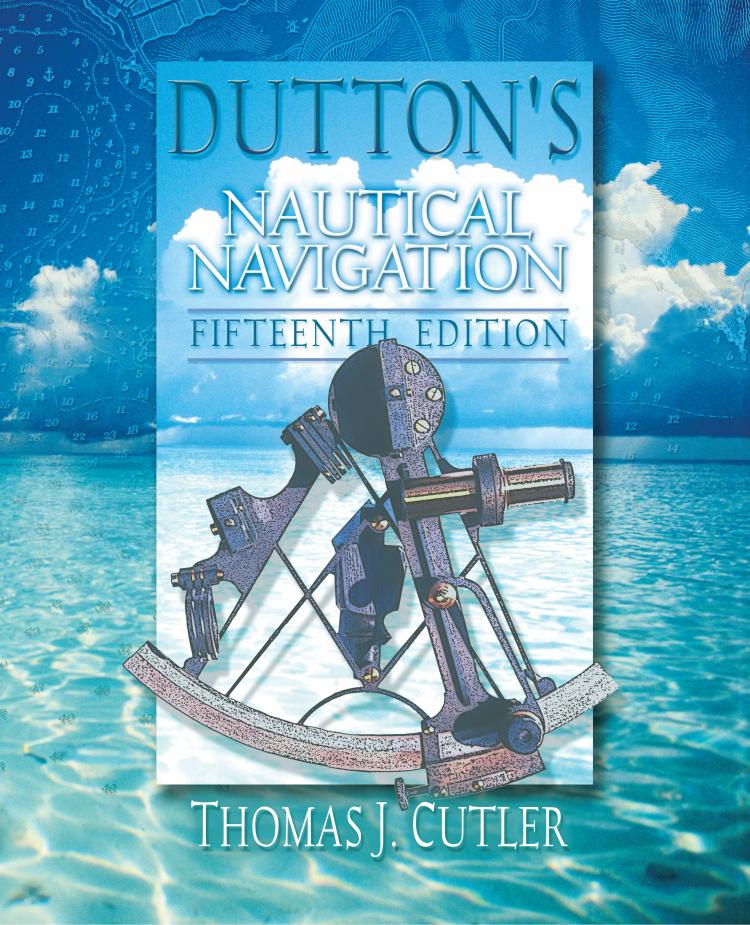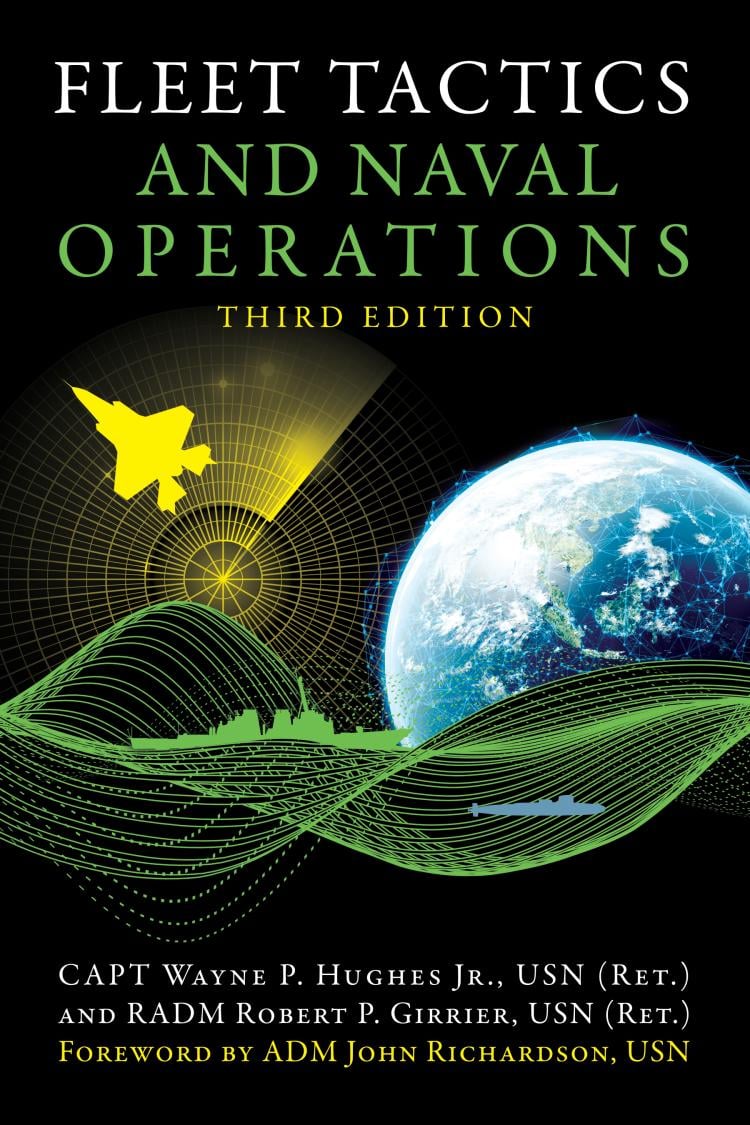Naval Innovation for the 21st Century
- Subject: Blue and Gold Professional Series | Professional Reading for the Military | Clear the Decks Up to 80% OFF
- Format:
Hardcover
- Pages:
256pages
- Published:
November 15, 2013
- ISBN-10:
1612513069
- ISBN-13:
9781612513065
- Product Dimensions:
9 × 6 × 1 in
- Product Weight:
7 oz
Overview
Naval Innovation in the 21st Century is a narrative account of ONR’s efforts to respond to this transformation amidst increasing pressure to focus on programs directly relevant to the Navy, but without sacrificing the “seed corn” of fundamental science the organization helped pioneer. Told through the eyes of the admirals leading ONR and the department heads who oversee key programs, the book follows the organization as it responds to the fall of the Soviet Union, the terrorist attack on the USS Cole in 2000, and subsequent wars in Iraq and Afghanistan.
These events are inspiring an array of innovations, for land and sea. Consider unmanned undersea vehicles that can patrol strategic coastlines for months on end, novel types of landing craft that can travel up to 2,500 nautical miles without refueling, and precision shipborne “rail guns” whose GPS-guided shells can hit targets from hundreds of miles off. Other efforts include advanced electronics designed to swap out scores of antennas on ships for two solid-state apertures, greatly increasing speed and stealth and speed; virtual training methods that spare the environment by avoid the need to fire tons of live shells, and new ways to protect Marines from improvised explosive devices. All these programs, some pursued in conventional manner and some set up as “skunk works” designed to spur out-of-the-box thinking, are part of an ongoing evolution that seeks to connect scientific investment more directly to the warfighter without forsaking the Navy’s longer-term future.
Naval Innovation in the 21st Century is a narrative history, and a story of organizational change, centered around the struggles of management and key personnel to adapt to shifting priorities while holding on to their historic core mission of supporting longer-term research. As such, it holds great lessons and insights for how the U.S. government should fund and maintain military R&D in a new era of “small ball” conflicts—and how the country must prepare for the future of warfare.









